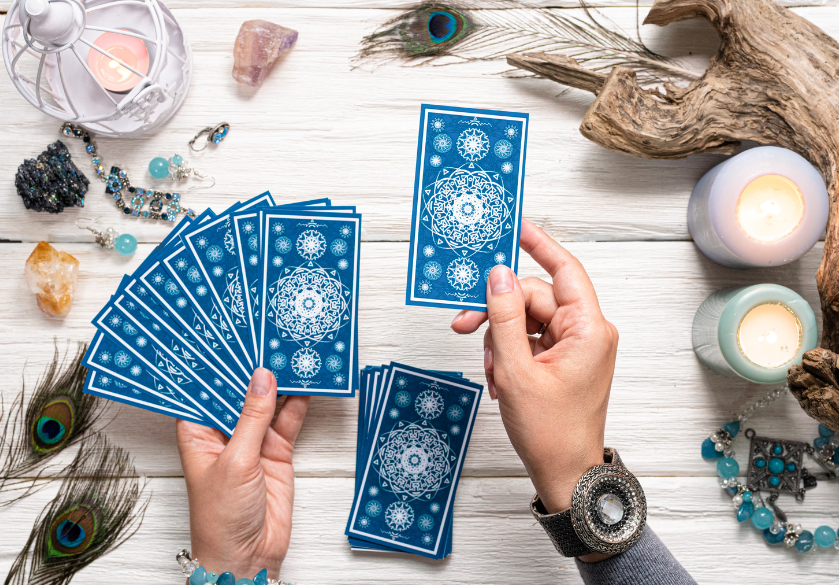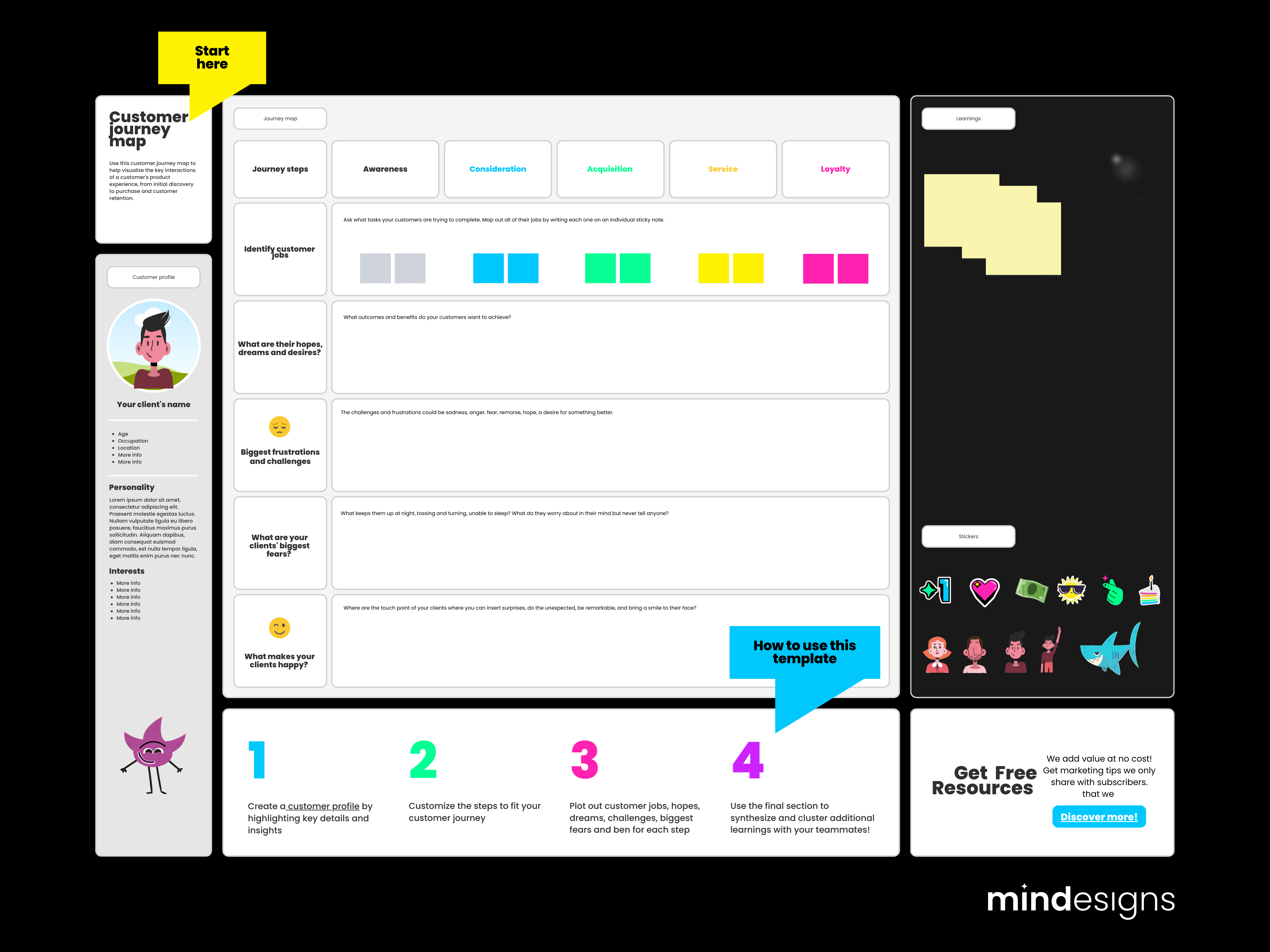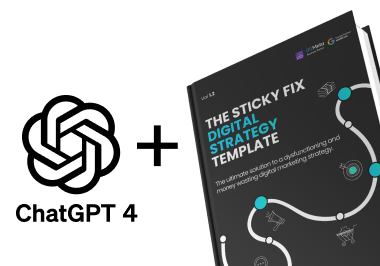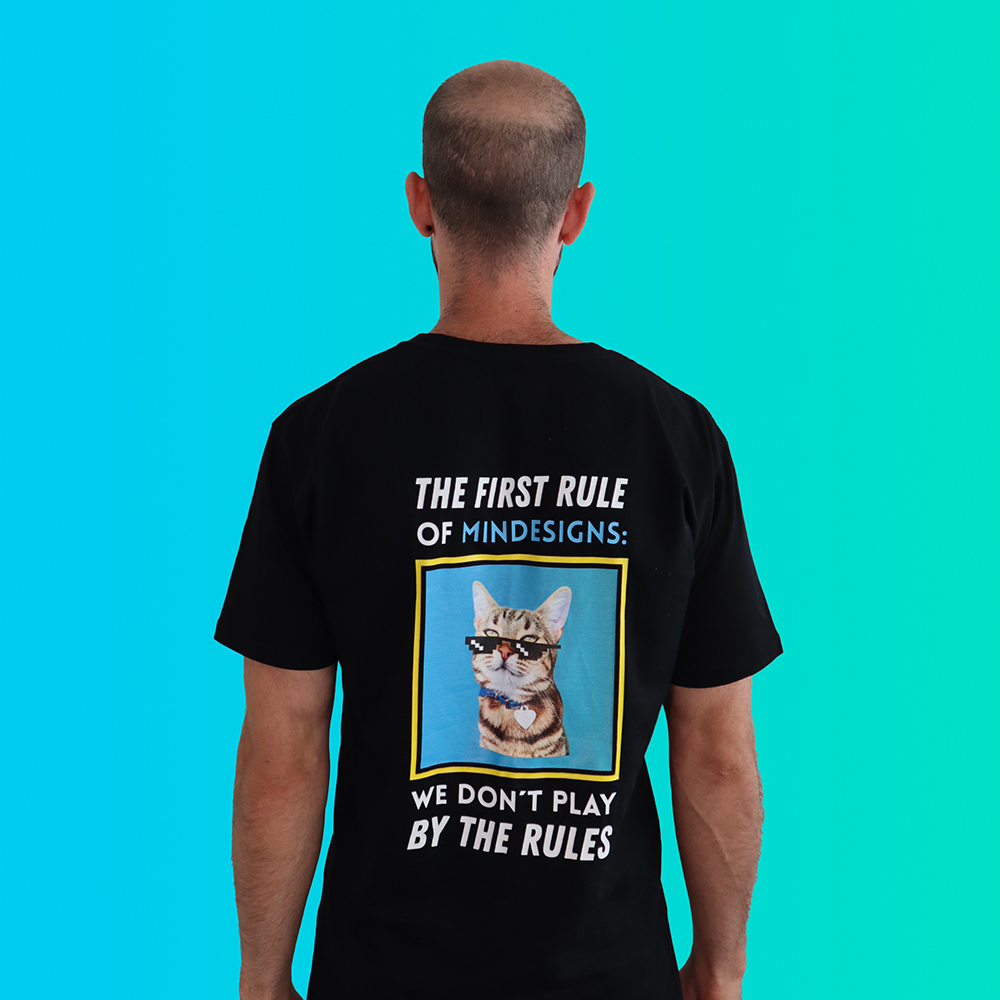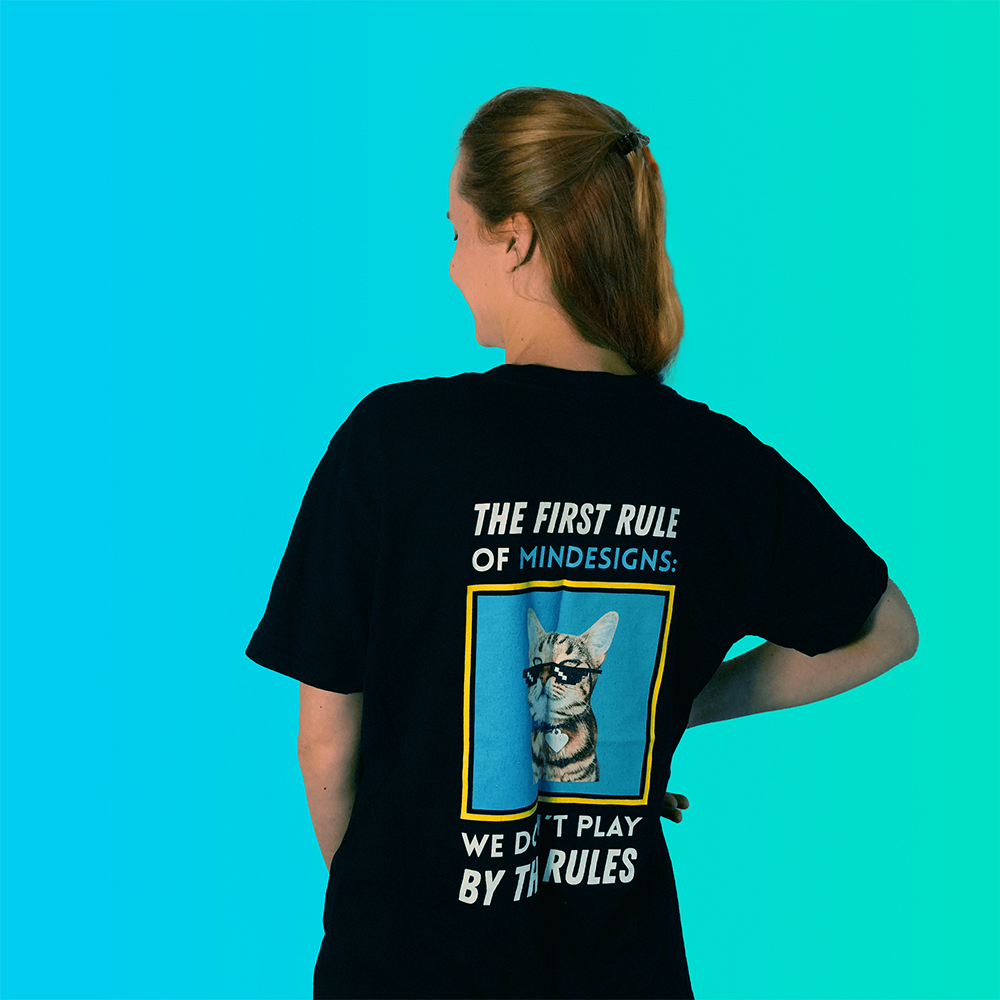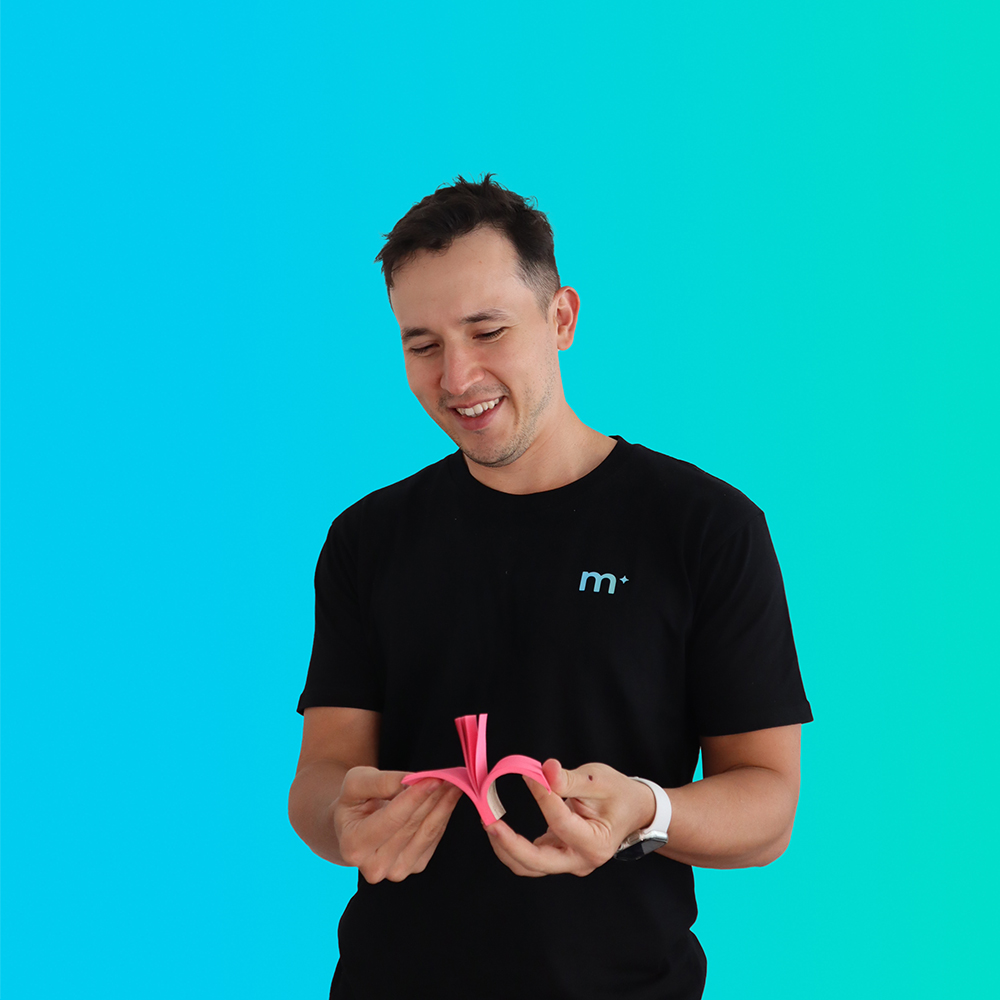Would you like to improve your sales of mantra cards? Well you are in the right place. Let’s create a customer journey for purchasing mantra cards so you can become a better marketer for your business.
The marketing industry has significantly evolved over the past few decades. Today businesses know much more about attracting the right leads and how to convert them to paying customers. All thanks to modern marketing strategies such as creating a customer journey.
The essential ingredient to a successful marketing strategy starts with designing your customer journey. But would this strategy work for a business selling mantra cards? Yes, it will! This strategy can essentially work for any business.
Mantra Cards Business
Mantra cards are standard cards with words of affirmation to boost motivation and mental well-being, primarily through meditation. If you go online and search for Mantra Cards, you will find a wide range of designs and mantra categories. In certain ancient practices, mantras refer to sacred words spoken or sung to improve the state of mind and concentration during meditation.
The mantra card business entails selling cards containing words of affirmation that can be used by individuals who need an improved mental state, creativity or an increase in motivation.
What is a Customer Journey Map?
The Customer Journey Map is a graphic representation of a customer’s journey towards making a purchase, which helps businesses understand the needs and concerns of customer at each stage so they can know what motivates or hinders (friction) them from making a purchase.
It’s like a step-by-step map that helps a business predict each step a customer takes or might take, identifying moments that drive them towards a goal or obstacles that might get in their way, hindering them from making a purchase.
How to Create a Customer Journey for Purchasing Mantra Cards
The first step is to identify a buyer persona to focus on. Who is your target audience. Would they be spiritual people, or
Uncertain about the buyer persona types? Existing business plans and marketing documents online have already identified the different buyer personas.
If you need help creating your persona, you can quickly generated one with a free online buyer persona generation tools.
Let’s look at a customer Journey for purchasing mantra cards example, using the three main stages of awareness, consideration, and decision when making a customer journey map.
Customer Journey Stages
1. Awareness Stage
Let’s assume that the buyer persona is a plane crash survivor going through some trauma. In the awareness stage, the buyer might feel overwhelmed because they just survived a near-death experience.
For their action, they would turn to the internet for help. Where are they researching? Google is the most likely first stop, but they might also join social media groups or forums online where they can meet people in a similar situation.
To carry the buyer along, you could create a blog post about how to overcome near-death experience trauma with mantra cards. You could also run targeted ads on social media.
So at this stage, your customer is aware of their problem, but they don’t know mantra cards could be a solution.
2. Consideration Stage
Next is the consideration stage. At this stage, your customer is already aware mantra cards can be a potential solution but still needs to determine whether they are the best solution.
Now they are searching for more information and, hopefully, they are doing it on your website. Your homepage should answer the potential questions your prospect has in their head. In this case, it should explain how mantra cards can help resolve their trauma. This stage is where FAQs, testimonials, and product information can help move the potential customer to the decision-making stage.
3. Decision Stage
The decision stage is where prospects decide whether to make a purchase. However, there are no guarantees at this stage. In fact, according to a study by Baymard Institute, about 70% of prospects that reach the decision stage abandon their carts.
So how can you turn prospects into buyers of mantra cards?
Let’s think what the prospect feeling at this stage. They are probably feeling anxious and eager to solve their problems. They are also probably thinking about prices. So you want to make it easy to find your catalogue page or eCommerce store and reduce friction where ever possible. Less click,s better results.
Carry the customer in this stage by offering discounts or creating a sense of urgency. This can be done by showing how many products are left. Having a countdown timer till the close of the discount offer will also get the job done.
How to Create a Customer Journey
Before you start preparing your customer journey map make sure you have your buying persona information ready. This will help you complete the following process.
1. Create or Prepare a Customer Journey Template
In this step, you need to find/create a customer journey template. There are many templates available online or you can use the one we prepared for you.
We provided some instructions that can help you complete the next step. Just click the image below to access our free Canva Customer Journey Template. from there you can either complete it on your computer or print it.
2. Complete the Customer Journey
The next step is to complete your customer, Journey. The template we provided has three columns representing the buyer’s awareness, consideration, and decision stage. Answer the questions in the first row for each of the customers in each of the stages.
Remember, customers at each stage think and behave differently. That means the answers to the questions in the leftmost column should be different.
3. Define Each Stage
For each stage in the customer journey you will need to answer the following questions;
- What actions is you customer making now?
- What are their hopes, dreams, and desires?
- How can we build trust with this customer at this stage?
- Where or what is the potential customer researching?
- What can we say to the customer to move them up their buying journey?
You must have a proper structure that shows the difference between the three stages in your customer journey. Because the content or language you use to push the customer up their buying journey is different for each stage.
Customer Journey Mapping Best Practices
Here are a few best practices to help mantra card businesses create a practical customer journey map.
- Set a clear goal. This practice is essential to help the business determine the preferred outcome at the end of the customer journey.
- Identify the ideal customer for your business. This practice is essential and the reason you must create a customer persona.
- Each buyer behaves differently; hence, a business must create a journey map for each type of customer.
- Creating the customer journey in a team environment is better as you will have more potential viewpoints to discuss.
- You can improve the customer journey by gathering information from your customers. Ask them questions using surveys or by talking to them directly.
Conclusion
Though it might take time and proper planning, a solid customer journey is essential for business success. It helps to explore what language and content you need to show potential customers at each stage of their journey. It also allows you to be more customized with the type of content you create and your choices about who should see it through ad targeting.
If appropriately applied, the customer journey helps business understand their ideal customer and create a proper structure to convert a prospect into a long-term paying customer.
